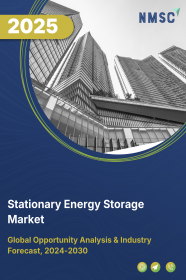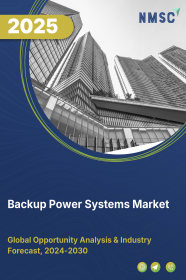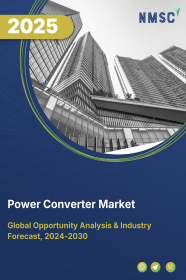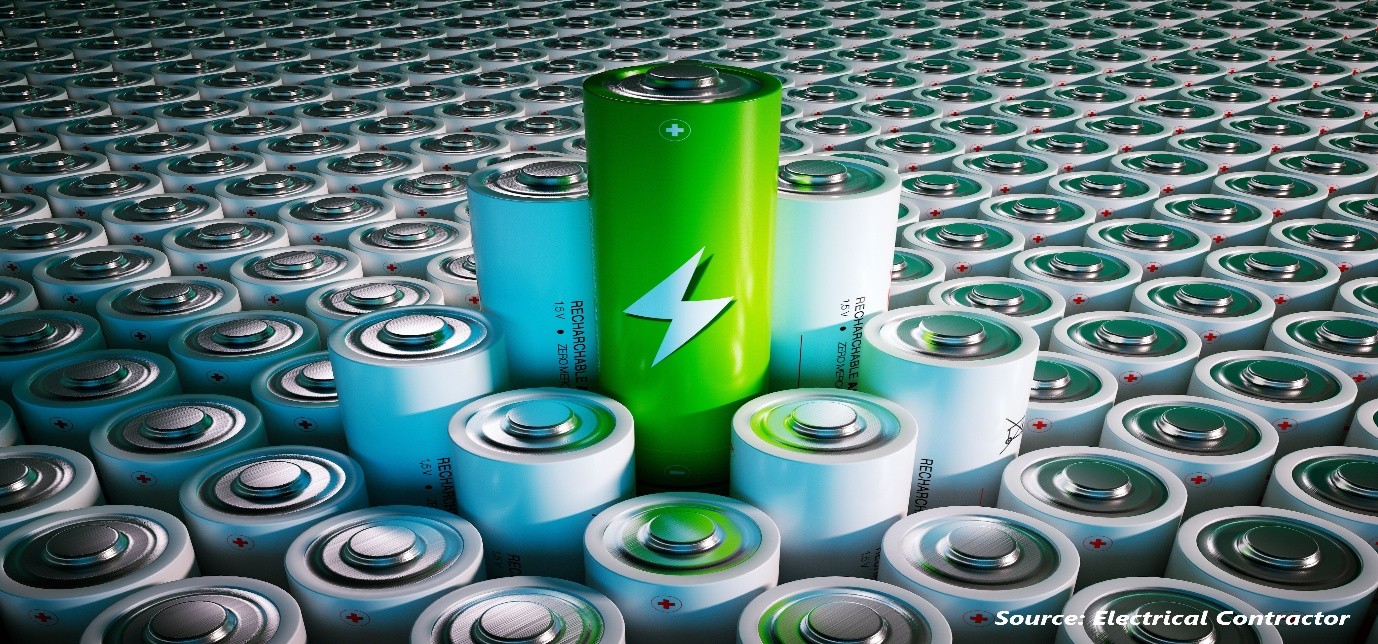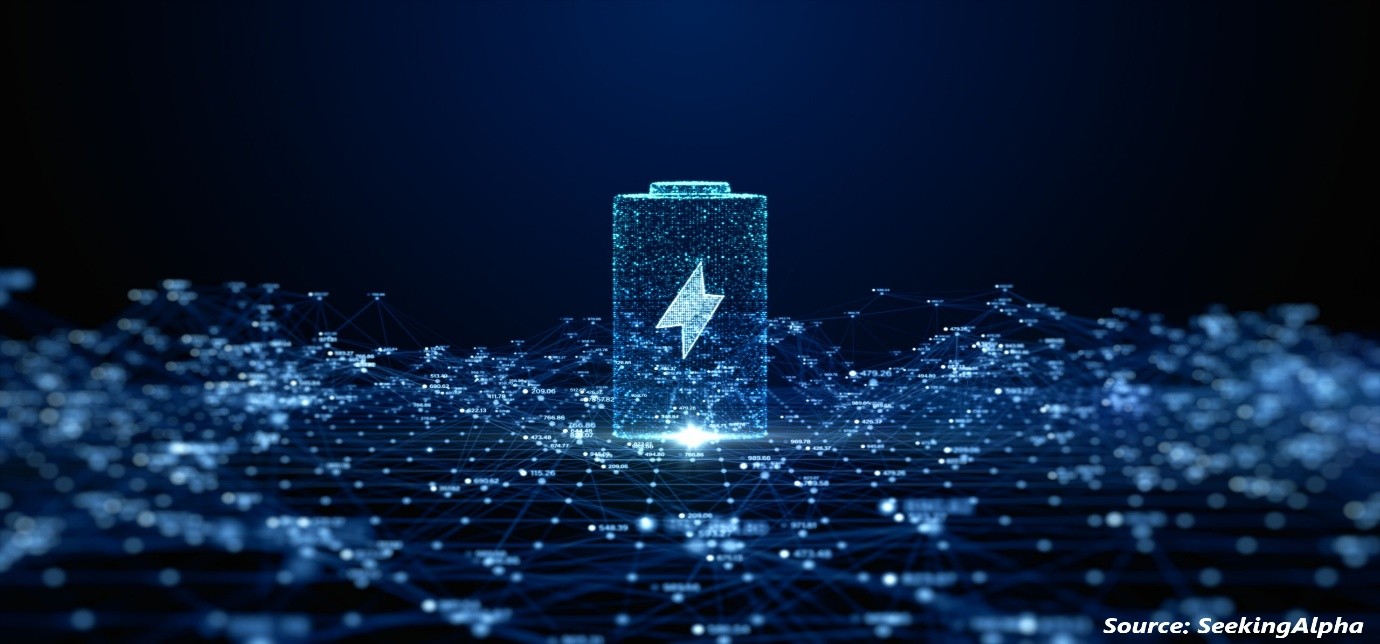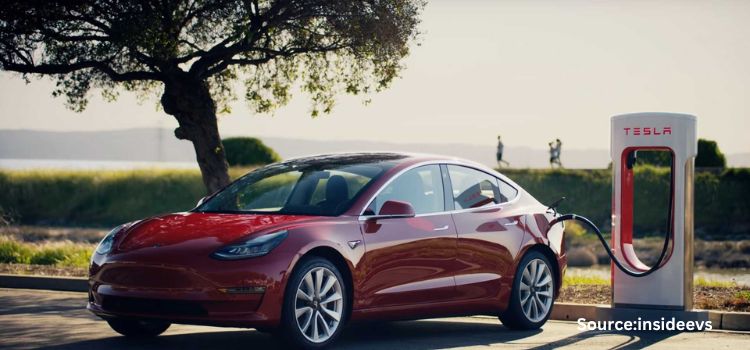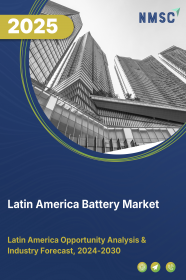
Latin America Battery Market by Type (Lead Acid, Lithium Ion, Nickel Metal Hydride, Nickel Cadmium, and Others), by Application (Residential, Industrial, and Commercial), and by Power Systems (Fuel Cell Batteries, Proton-Exchange Membrane Fuel Cells, Alkaline Fuel Cells, Phosphoric Acid Fuel Cells, Solid Oxide Fuel Cells, Molten Carbonate Fuel Cells, Air Cells, Flywheel Energy Storage, Nuclear Batteries) – Opportunity Analysis and Industry Forecast 2023-2030
Industry: Energy & Power | Publish Date: 22-Jan-2025 | No of Pages: 235 | No. of Tables: 172 | No. of Figures: 117 | Format: PDF | Report Code : EP716
Market Overview
Latin America Battery Market was valued at USD 7.10 billion in 2022, and is predicted to reach USD 25.63 billion by 2030, with a CAGR of 17.4% from 2023 to 2030.
A battery operates as a mechanism that stores energy and later releases it by transforming chemical energy into electrical energy. Typically, batteries produce electricity by harnessing one or more electrochemical cells. Batteries can be categorized into two distinct types such as primary batteries and secondary batteries. Primary batteries, also known as non-rechargeable batteries, offer a straightforward and convenient energy supply for various portable electronic and electrical devices, including cameras, watches, toys, lights, radios, and more. In contrast, secondary batteries, often referred to as rechargeable batteries, possess the capability to be recharged electrically once they've been depleted. These energy storage solutions have evolved into indispensable sources of power in our daily routines.
The progress of cutting-edge technologies, encompassing smartphones, tablets, laptops, solar energy systems, and electric vehicles (EVs), has ushered in the era of robust batteries capable of prolonged endurance and providing essential energy requirements.
Electrification in Latin America prompts eco-aware mobility transformation for a decarbonized future
The Latin American region comprises Brazil, Colombia, Peru, and others. Latin America is actively participating in the transformation of mobility systems in the region to electrify and decarbonize their transportation networks owing to growing environmental awareness and availability. For instance, in January 2022, the government of Peru signed a Supreme Decree 003-2022-Minam, declaring national climate emergency to urgently execute measures to implement climate action in accordance with the provisions determined for the year 2030. Under this decree, Peru will take several initiatives such as subsidies and tax exemption to promote electric vehicles in the country.
Growth of Battery Market in Latin America Fuelled by Dominant Battery Material Suppliers
The battery market growth in Brazil is being boosted by the presence of leading battery material suppliers, such as CBMM, which is stepping up sales of niobium products to battery materials producers. Niobium-bearing batteries are being targeted for high-end industrial and commercial markets, including heavy trucks and equipment, rail operation, energy storage, defense, flight motors, medical, and power tools. CBMM is investing in niobium-related battery technology and aims to increase sales of the niobium product to 50,000 tonnes by 2030. The company plans to expand to the battery market, which is expected to account for up to 25% of its annual revenue by 2030, with exponential growth in volumes. For instance, in March 2022, CBMM announced that the company will supply niobium battery cells for Horwin electric motorcycles.
Surging Demand for Consumer Electronics Drives Adoption of Diverse Battery Types in Latin America
The rising demand for consumer electronics across Latin America is anticipated to increase the demand as well as the adoption of different batteries for a range of consumer electronic devices. Lithium-ion batteries are among the most common types of high-capacity secondary batteries utilized in electronic devices, such as laptops, mobile phones, computers, cameras, and others. This battery technology is highly popular as it is relatively affordable, offers high power density along with a low self-discharge rate.
Concerns Regarding Battery Safety in Latin America
Improper battery management presents significant risks to both human health and the environment. An ongoing issue involves the incorrect disposal of used batteries, leading to their buildup in landfills. Over time, these batteries break down, releasing harmful substances that seep into the soil and adversely affect surface water and groundwater, disrupting aquatic ecosystems. Elements like mercury, cadmium, lithium, and lead found in these batteries exacerbate this ecological imbalance, underscoring the urgency for proper battery disposal practices. Consequently, these concerns are anticipated to impede the progression of the battery market.
Introduction of Nano-Diamond Batteries (NDB) in Multiple Industries
The growing adoption of Nuclear Diamond Batteries (NDBs) across various sectors including automotive, aerospace, and electronics is positioned to create fresh avenues in Latin America's battery market. NDBs represent a groundbreaking leap in energy generation and storage, fundamentally reshaping conventional battery concepts. These batteries showcase remarkable endurance by harnessing the energy derived from the radioactive decay of nuclear waste. The trajectory of Latin America's battery market is being shaped by the compelling attributes of NDBs, which encompass their compact form, adaptability, cost-efficiency, and scalability across a wide array of applications, ranging from compact chipsets to expansive industrial setups. Functioning as advanced diamond-based alpha, beta, and neutron voltaic batteries, NDBs offer a consistent source of clean energy for a diverse spectrum of applications, surpassing the performance of traditional chemical batteries.
Competitive Landscape
The Latin America battery industry includes several market players such as BYD Company Ltd., Toshiba Corporation, Panasonic Corporation, EnerSys, Inc., Exide Industries Ltd., BMZ Group, Sec Power, Baterias Pioneiro, Duracell Inc.,FIAMM Energy Technology S.p.A., Clarios, Inventus Power, SAMSUNG SDI, Hollas Batteries, Blue Nova Energy.
Key Benefits
-
The Latin America battery market report provides a quantitative analysis of the current market and estimations through 2023-2030 that assists in identifying the prevailing market opportunities to capitalize on.
-
The study comprises a deep dive analysis of the market trend including the current and future trends for depicting the prevalent investment pockets in the market.
-
The information related to key drivers, restraints, and opportunities and their impact on the market is provided in the report.
-
The competitive analysis of the market players along with their market share in the Latin America battery market.
-
The SWOT analysis and Porter’s Five Forces model are elaborated in the study.
-
Value chain analysis in the market study provides a clear picture of the stakeholders’ roles.
Latin America Battery Market KeySegments
BY VOLTAGE TYPE
-
Low Voltage Batteries (1V - 12V)
-
Medium Voltage Batteries (24V - 100V)
-
High Voltage Batteries (200V - 1000V)
BY POWER CAPACITY
-
Low Capacity Batteries (Up To 1,000 MAh)
-
Medium Capacity Batteries (1,000 MAh to 10,000 MAh)
-
High Capacity Batteries (10,000 MAh to 100,000 MAh)
-
Ultra High Capacity Batteries (More Than 100,000 MAh)
BY SELF-DISCHARGE RATE
-
Low Self-Discharge Rate Batteries
-
Medium Self-Discharge Rate Batteries
-
High Self-Discharge Rate Batteries
BY APPLICATION
-
Residential
-
Industrial
-
Automotive
-
ICE Engines
-
Passenger vehicles
-
Commercial vehicles
-
-
Electric vehicles
-
E-Bikes
-
E-Cars
-
E-Buses
-
E-Trucks
-
-
-
Medical
-
Telecom and IT
-
Consumer Electronics
-
Power And Utility
-
Aerospace And Defense
-
Marine
-
Other Industries
-
-
Commercial
REPORT SCOPE AND SEGMENTATION:
|
Parameters |
Details |
|
Market Size in 2022 |
USD 7.10 billion |
|
Revenue Forecast in 2030 |
USD 25.63 billion |
|
Growth Rate |
CAGR of 17.4% from 2023 to 2030 |
|
Analysis Period |
2022–2030 |
|
Base Year Considered |
2022 |
|
Forecast Period |
2023–2030 |
|
Market Size Estimation |
Billion (USD) |
|
Growth Factors |
The growing government incentives The adoption of hybrid vehicles |
|
Companies Profiled |
15 |
|
Market Share |
Available for 10 companies |
|
Customization Scope |
Free customization (equivalent up to 80 working hours of analysts) after purchase. Addition or alteration to country, regional, and segment scope. |
|
Pricing and Purchase Options |
Avail customized purchase options to meet your exact research needs. |
Key Players
-
BYD Company Ltd.
-
Toshiba Corporation
-
Panasonic Corporation
-
EnerSys, Inc.
-
Exide Industries Ltd.
-
BMZ Group
-
Sec Power
-
Baterias Pioneiro
-
Duracell Inc.
-
FIAMM Energy Technology S.p.A.
-
Clarios
-
Inventus Power
-
SAMSUNG SDI
-
Hollas Batteries
-
Blue Nova Energy

















 Speak to Our Analyst
Speak to Our Analyst



